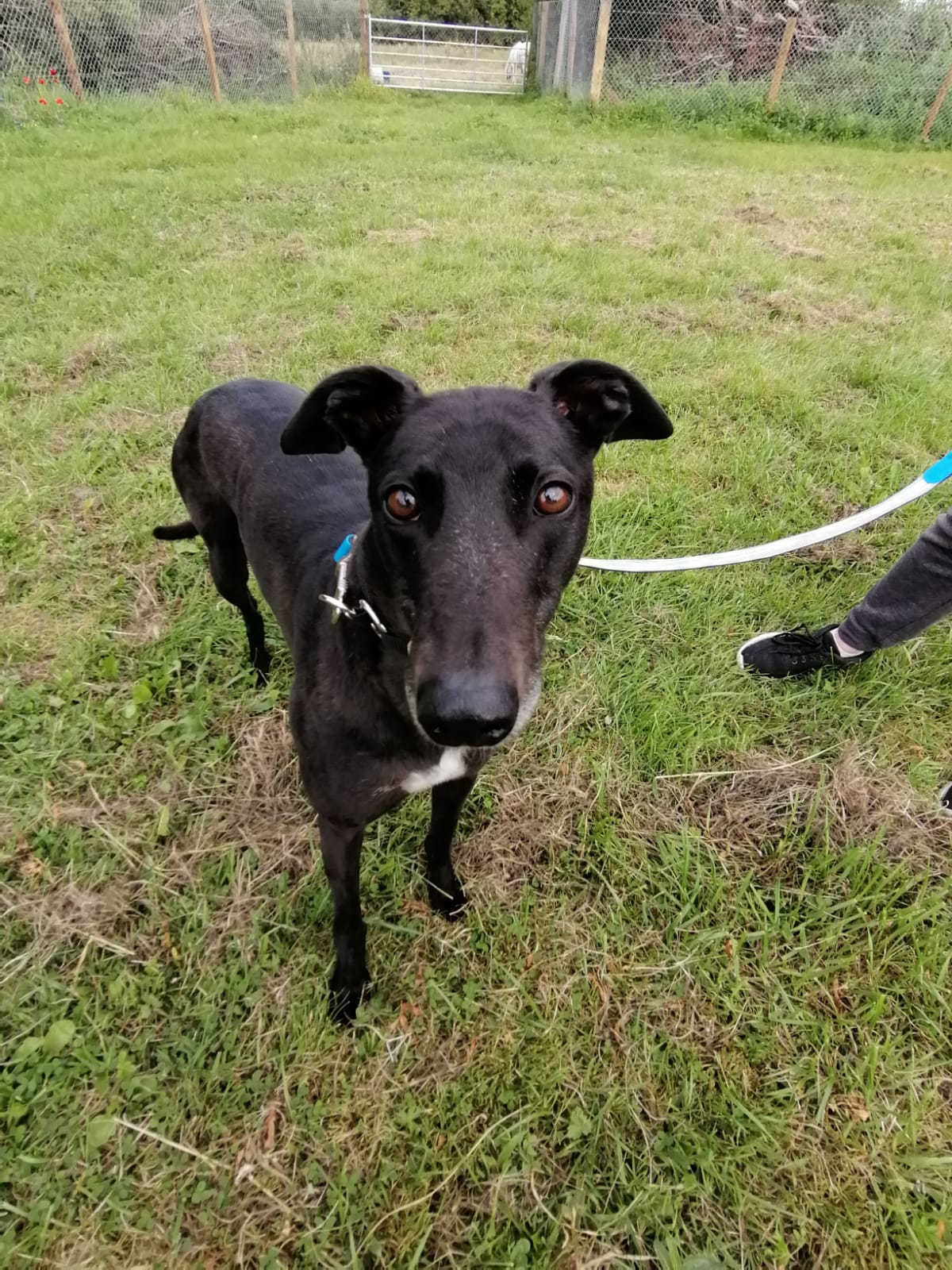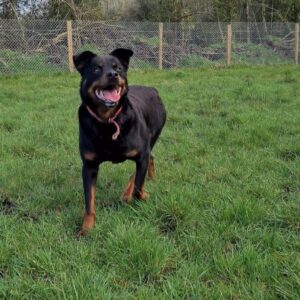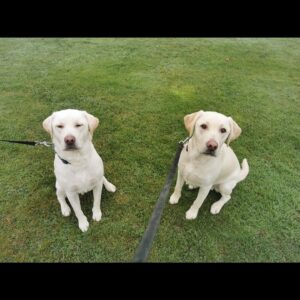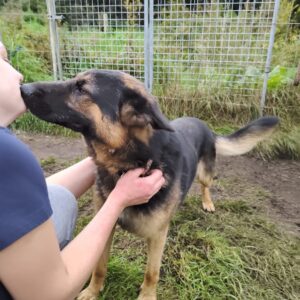As we have previously spoken about teaching your dog to “heel” on command and teaching it as an obedience training aid in the garden and then upping the ante by using it outside on walks when you need your dog to walk calmly at your side and refocus their attention to you particularly in busy
Training basics to teach your dog – loose lead walking (2/2)

Up until now, your dog has more than likely learned that pulling on the lead has been immensely rewarding to him, he doesn’t realise the struggle or the discomfort he is causing you. The best technique to teach your dog loose lead walking is the “stop dead and be still technique”. Remember to keep
training sessions short and fun with lots of praise.
The Stop dead and Be Still Technique
When you go for a walk with your dog, every time the lead is tense, stop dead still until the lead becomes loose. Remember, your will must be greater than theirs and consistency is key! Lead pulling is often successful for the dog because the person
inadvertently reinforces the pulling by allowing the dog get to where he wants to go when he pulls. But you can change this picture by changing the consequence for your dog. Immediately stopping and stand completely still like a dead weight at the other end of the lead until the lead relaxes because your dog either takes a step back or turns around to give you focus. When the lead is nicely relaxed, proceed on your walk. Repeat this as necessary. You will find you don’t get as far as you usually would on your walks at the beginning. This is all part of loose lead walking, it’s conditioning the dog to learns in a language he understands that pulling or a tense lead does not get him anywhere he wants to go and only walking with a slack lead enables him to walk forward. Remember to be consistent.Moving forward for anyone else walking the dog , they need to use this technique. The more everyone is committed to this training and the new way of walking and reinforcing it to the dog that a tense lead gets him nowhere, the sooner he will walk steadily with a loose lead. The most important thing
to ensure here is getting the cue right to walk forward as the reward as soon as the lead is in any way slack. If there is too long a moment between a tight lead and being still and walking forward with a loose lead, the dog won’t be able to associate what it is allowing him to walk forward. To aid this training, be sure to try tire him out and engage his brain ahead of any walking or training by giving him a stuffed kong or lickimat to use to try curb any excess energy and engage her mind so she is more focused on you or do a quick heel or sit training session in the garden. Good luck and remember consistency is key!



